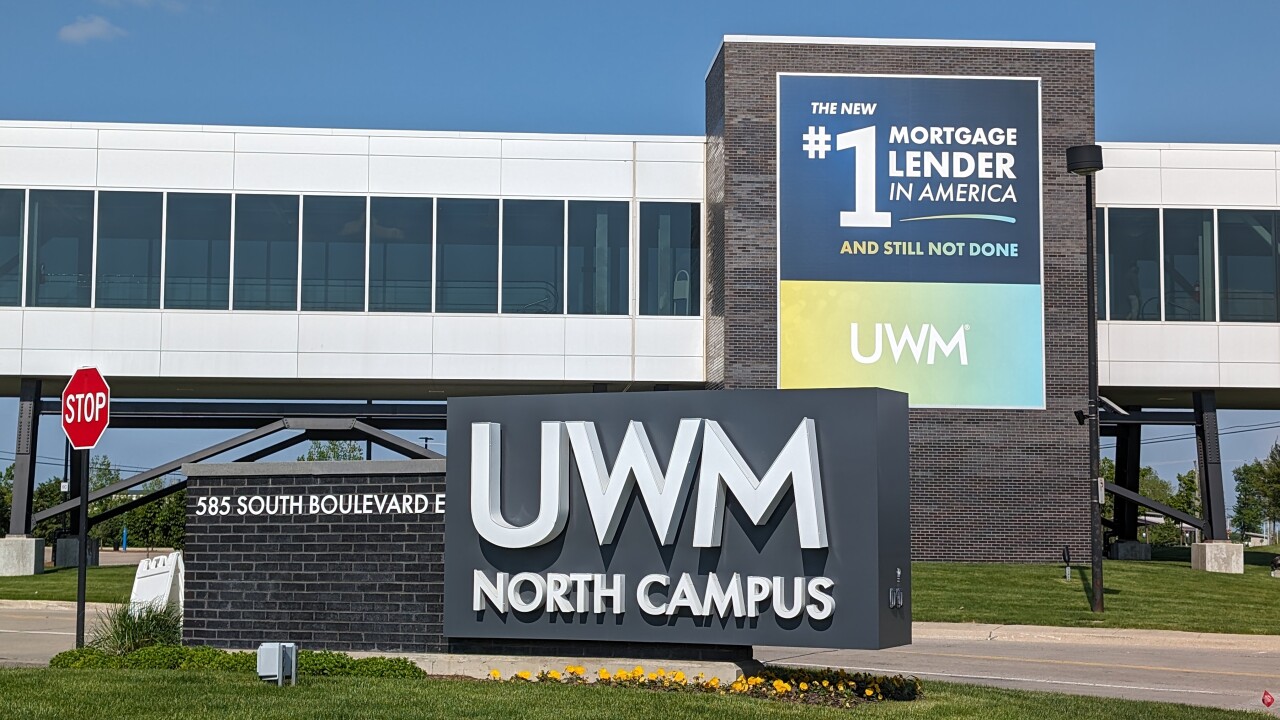The outstanding mortgage-backed securities portfolio that Ginnie Mae guarantees inched up to another record high during its past fiscal year.
On Sept. 30, the end of the Department of Housing and Urban Development's fiscal year Ginnie's guaranteed portfolio was $2.28 trillion, up from $2.13 trillion the previous year.
The growth in outstanding volume shows that even though higher rates diminished the supply of mortgage originations available to be sold in the securitized market in the past 12 months, the overall volume of affordable housing Ginnie supported continued to expand.
"The past fiscal year saw a fast-changing housing market, with rapid upward movement in mortgage rates and record-setting national home price growth combining to put stress on the availability of affordable homeownership and rental housing," said Ginnie Mae President Alanna McCargo, in a press release. "Through these events, Ginnie Mae stayed true to our mission to link the global capital markets to lenders across America, especially benefiting first-time homebuyers."
The high volume of securitizations that Ginnie insures protect a key source of funds for affordable housing in a pricey housing market where consumers are strained by rising costs. To ensure the issuers responsible for that market's operation don't jeopardize it, Ginnie recently began the process of adding new
While there's some
"The United States is really the only country that has this system of widespread securitization where the banks don't themselves hold the risk," said Ted Tozer, a former president at Ginnie Mae who is now a non-resident fellow at the Urban Institute's Housing Finance Policy Center.
Higher rates also are anticipated to make the high number of loans in the Ginnie Mae market more sensitive to credit risk as monetary policy officials embark on a path in which they anticipate straining the housing market and economy to some degree to quell inflation.
While Ginnie's bond-level insurance is only the second line of defense in that equation after other government agencies that back the mortgages involved, it does want to ensure that the issuers it counts on to advance payments from those loans to bond holders don't fall down on the job.
The extent of the credit risk that loan-level insurers and guarantors like the Federal Housing Administration and Department of Veterans Affairs are experiencing will soon become more clear as annual reviews of their finances get underway. Ginnie Mae will likely be watching VA loan performance and issuers with exposure to it particularly closely as the loan guarantee that agency provides is partial.
The outstanding amount of government-backed loans has been growing since the Great Recession, when the private market for loans collapsed due to insufficient underwriting in that sector. Buyers with limited financial resources became absorbed by the government market instead after that, if they met its guidelines. Although credit risk in the government market is relatively high compared to other sectors today,





